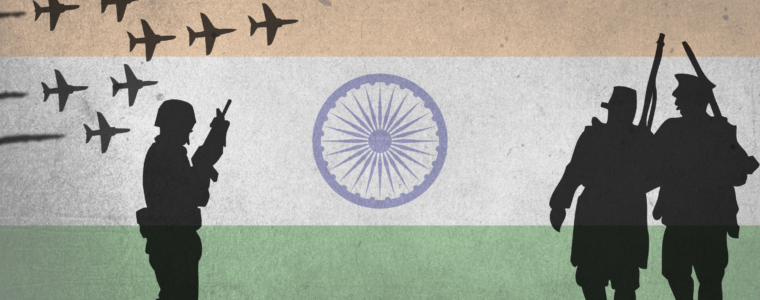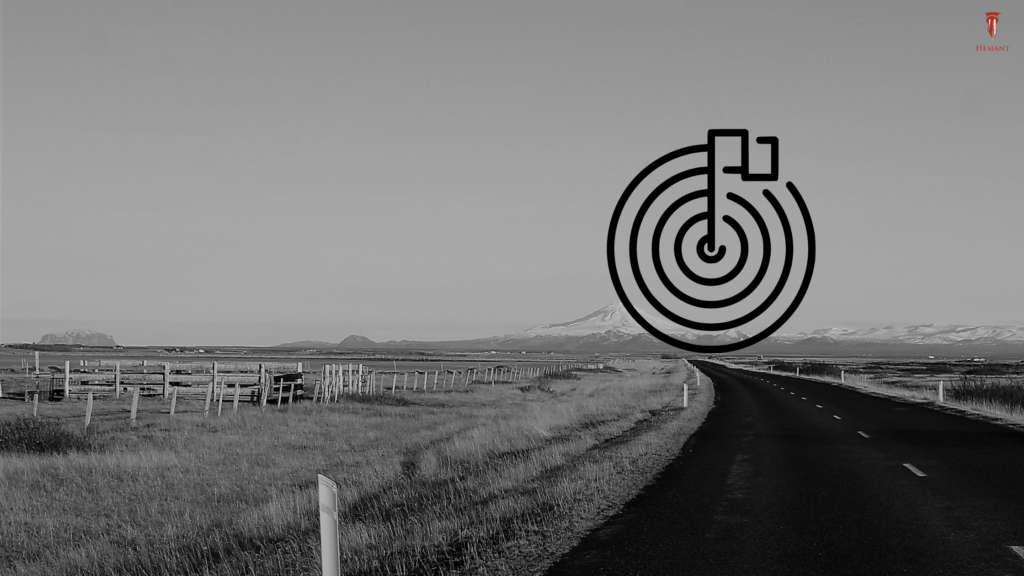The ancestors to the contemporary Indian Army were quite a large number: the sepoy regiments, local rangers, unpredictable pony and Indian sapper and excavator organizations, all raised by the three famous British administrations. The Indian Army was raised under the British Raj in the 19th century by taking former administration armed forces, consolidating them, and bringing them under the Crown.
The British Indian Army fought in both World Wars. The military succeeded the military of British India following India’s freedom in 1947. After World War II, a considerable amount of wartime troops was released and the units dispersed.
Post-Independence Indian Army
Image Source: https://indianarmy.nic.in/writereaddata/PhotoGallery
The strength of the Indian Army in August 1947 was 4,00,000, yet the political initiative was quick to lessen the same to reduce defense expenses. Therefore, it was chosen to cut down the strength of the Army to 2,00,000 following the Jammu and Kashmir (J&K) Operations that included the disbandment of numerous units. Another Territorial Army Act was passed in 1948 and infantry and mounted guns units with a nucleolus of customary officials were brought up in 1949.
Numerous different changes happened during the period from 1948 to 1960. The assignment of Commander-in-Chief stopped to be being used from 1955 and the three Chiefs (Army, Navy and the Air Force) were made equivalent and freely liable for their particular help.
Each capacity of the Defense Services was copied in the Ministry of Defense where regular citizen administrators guaranteed monetary and authoritative control as well as progressively assumed control over the dynamic powers of the safeguard administrations. The military arrived at a record-breaking low during the period of Krishna Menon as defense minister while choices regarding significant military matters were taken without any consultation of the concerned service.
Trauma to Victory Period
The period 1961 to 1971 was one of the most horrific times of the Indian Army. The defeat in 1962 shook the foundation of the country, including the military. The military started to introspect to discover and overcome its shortcomings. The 1965 war assisted the military with making up for itself, however, uncovered various shortcomings in its training and preparation and even authority at different levels. These two wars prodded the political initiative to modernize and expand the administrative services. By 1970, the Indian Army was prepared to confront new challenges.
The Period of Steady Modernization
The period after 1971 War saw the consistent modernization of the Indian Army equipped with new tools for modern wars. The Expert Committee under the Chairmanship of Lt General K.V. Krishna Rao presented its report in 1976. A portion of its significant recommendations begun getting executed in the eighties. The extension of automated forces was accomplished because of this report.
On April 13, 1984, 34 troopers of the Indian Army were arrived by 17 forays of helicopters at a point three kilometers shy of Bilafond La, a pass on the Soltaro edge, West of Siachen icy mass. The warriors involved the pass. This was the initial move in what is alluded to as the Siachen struggle between India and Pakistan which go on till date.
This period, likewise, saw the Army activity in the Golden Temple on night June 5 to 6, 1984 at Amritsar to get the complex free from the militants who had based themselves in the sanctuary. The Operation was code named ‘Blue Star’ By the principal light of June 7, 1984, the Golden Temple complex was freed from the militants, however it left, in its outcome, a wave of torment and outrage among the Sikh community, and the country confronted the death of the then Prime Minister Indira Gandhi by her Sikh guards.
To continue in our next blog:
Achievements of the Indian army in 50 years after independence



